This Month in Mobility: May Public Transit Chatter
May 19, 2020
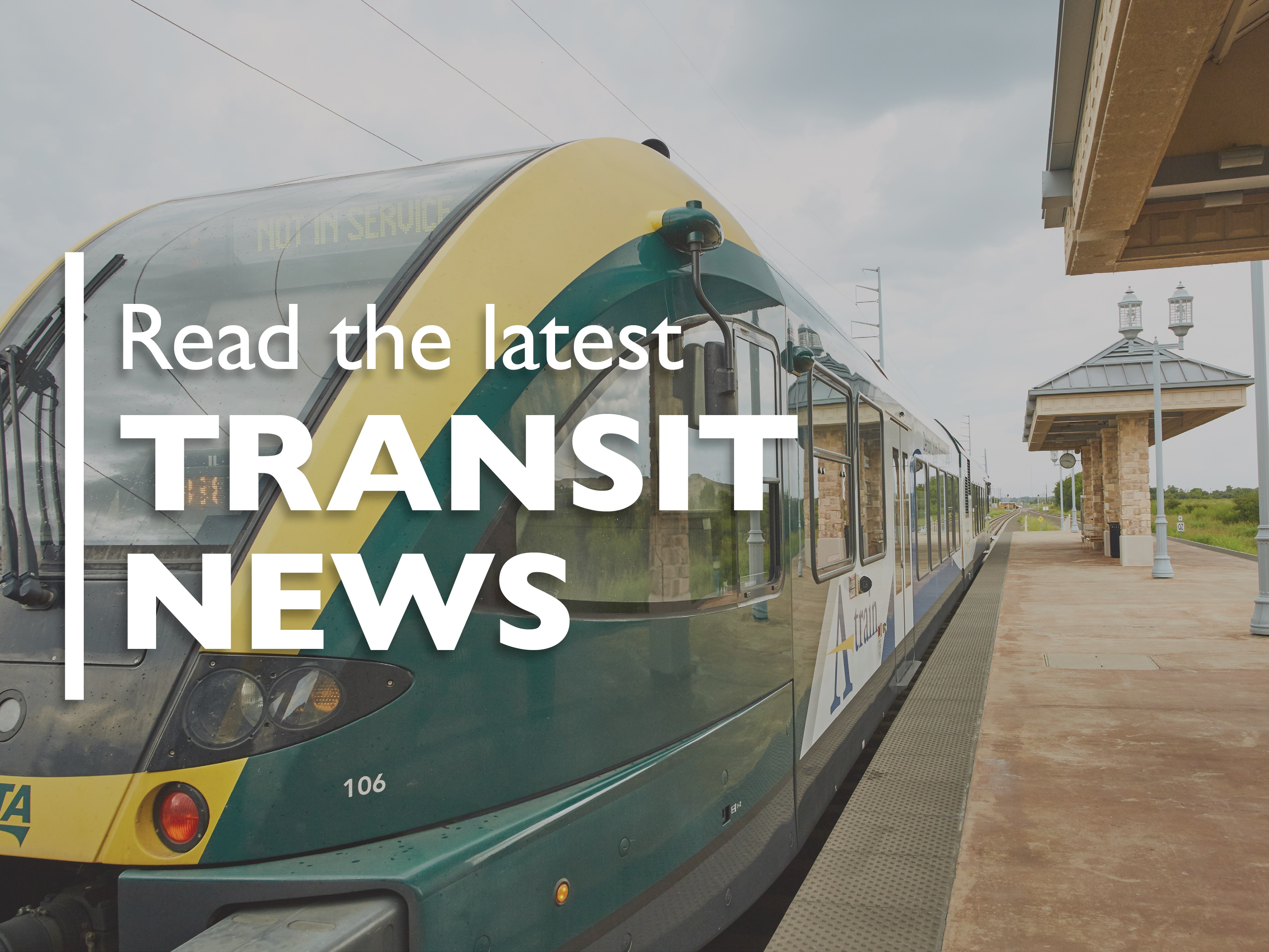
Coronavirus (COVID-19) news is everywhere – on TV, our social media pages and conversations with our friends and family. This sentiment is no different in the public transit space as many transit professionals and agencies across the country are chatting about what’s next for mobility. Check out the most interesting stories we’ve found to give a glimpse of what the future could hold for public transit!
New proposed government stimulus package to provide $15.75 million for transit
Earlier this month, House Democrats introduced the Health and Economic Recovery Omnibus Emergency Solutions (Heroes) Act on May 12, a fifth stimulus package totaling approximately $3 trillion. The piece of legislation also includes $15.75 billion for the transit industry. The Heroes Act would be split into a $11.75 billion bucket for urbanized area formula funds for transit entities serving populations of more than three million.
Other key aspects of the Heroes Act bill include:
- Assistance to state and local governments
- Hazard pay for frontline health care workers
- Forgiveness of student debt
- Bolstering Medicaid and Medicare
Transit funding from the Heroes Act is in addition to the $25 billion provided to U.S. transit agencies through the Coronavirus Aid, Relief and Economic Security (CARES) Act that was passed in March 2020. At DCTA, we were recently awarded $23.4 million through the CARES Act which will provide us access to valuable financial resources during the COVID-19 pandemic.
Public transit to get a post-pandemic reality check
Many transit professionals, commuters and those with a keen interest in public transit and mobility are wondering what’s next for public transit and how do we move forward? Due to the COVID-19 pandemic, it’s understandable that ridership has drastically declined with the stay-at-home orders, but when lockdowns ease, there are reasons to believe that transit commuters may not return in force. These reasons include:
- Transit ridership tends to be more sensitive to economic changes than other modes, and the financial effects of coronavirus are poised to stretch long into the future
- Some proportion of would-be passengers are likely to continue to work remotely, while others may change their commute patterns to driving or biking
- Transit agencies may have to keep service cuts even after lockdowns lift, even though more vehicles, not fewer, are needed to allow for social distancing
- U.S. transit ridership has been in decline since 2014, even as transit agencies have added service overall
All these factors can lead to a potential shift in the way transit is used, viewed and potentially funded. Many people think a successful transit system is one with a lot of riders, packed buses and trains and a large share of revenue derived from passenger fares. However, with the new reality of social distancing, emphasizing ridership and fare recovery as the metrics of success may no longer make sense.
Even with declining ridership, it’s been declared across the U.S. that public transit is essential for many communities in our country, and this could create a stronger demand for federal funding for transit, instead of public transit agencies continuing relying on fares and tax measures tied to projects like light-rail expansions sold to affluent voters with the promise of congestion relief.
In addition, many cities are using the COVID-19 crisis as a moment to revamp their systems with social equity as a priority. Check out how the San Francisco Municipal Transportation Agency (SFMTA) redesigned its bus service quickly to focus on a few dozen routes mostly serving commutes into the city’s downtown core and major hospitals.
How do you think the future of public transit will look?
Contactless future for cities could be closer than you think
It’s become clear that handling cash and touching equipment — like turnstiles or fare vending machines — to board, could make transit a less attractive mobility option through the risk of infection. Many cities and public transit agencies are taking action to reduce that risk wherever possible and make the most optimal mode of transit safer and more appealing.
Handling cash and touching equipment at the front of every bus has caused real concerns for staff and passengers. The threat of further peaks in infection in the foreseeable future will put pressure on agencies to expand their zero-touch ticketing options in order to keep public transit from being seen as a source of the disease.
Many transit agencies are looking to Fare Payments as a Service (FPaaS) – a new model that provides a simpler, outcome-based procurement, with a few critical requirements and the rest as optional requirements. This allows vendors to respond with what they have off-the-shelf and potentially avoiding customization/bespoke work. This zero-touch ticketing option could be launched in a few weeks instead of months or years for traditional systems (as fast as 16 days!)
Have a question or comment about one of the stories we featured, or is there a big headline you think we should have included? Leave your comment below. We’d love to hear from you!
More News to Use
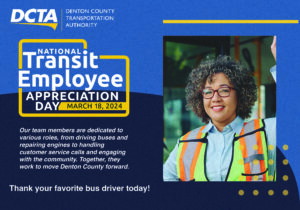
Happy National Transit Employee Appreciation Day!
March 18, 2024
Join Denton County Transportation Authority in celebrating National Transit Employee Appreciate Day, March 18, 2024! Every year, DCTA celebrates bus and rail operators for their endless dedication and commitment to serving Denton County. This year, we are extending.

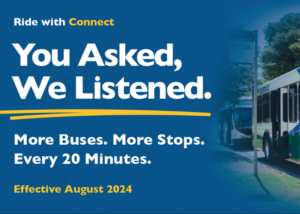
Upgrades coming August 19th – More Buses. More Stops. Every 20 minutes.
August 30, 2024
Upgrades coming August 19th will provide even more convenience for those taking the Connect Bus—all with the same excellent customer service you’re used to. If you are using our GoZone services between 7 AM and 9 PM, and.

Sign up for Updates
"*" indicates required fields









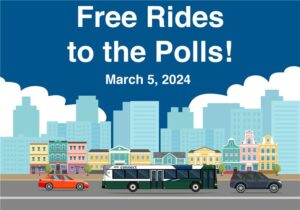
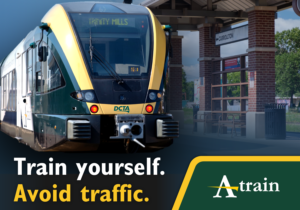

 Follow us on Twitter
Follow us on Twitter